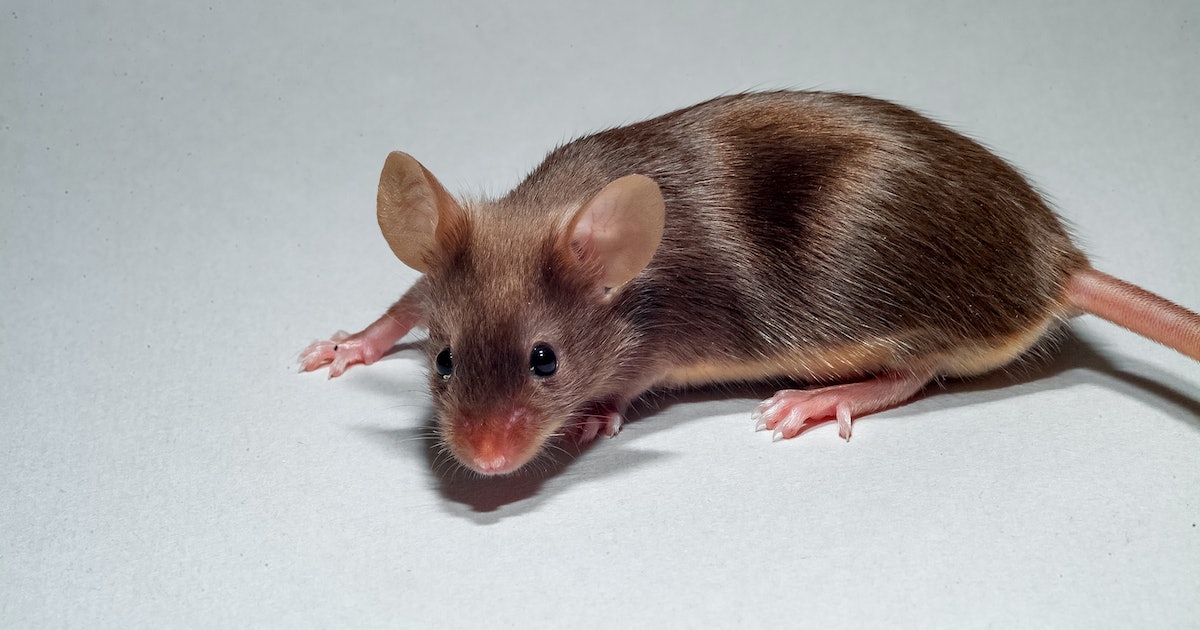Blood
Young Blood Infusions Extend the Lifespan of Old Mice, New Study Finds
Since the eighteenth century, humans have been obsessed with young blood. No, not vampires, although the mythical creature could have been an inspiration. Young blood, researchers have long thought, could hold strong anti-aging properties.
Over the past 150 years, researchers have been experimenting with a rather Cronenberg-esque surgical procedure called parabiosis, where a pair of animals, usually mice, are stitched together so that they share the same blood circulatory system. Parabiosis studies over the years have found infusing blood from young mice into older mice makes livers and hearts stronger, and may reverse aging in mousy brains.
Now in a study published Thursday in the journal Nature Aging, a group of researchers led by Duke University found that heterochronic parabiosis, where older mice are paired with younger counterparts, may slow down cellular aging and increase the animal’s lifespan by 10 percent.
“This is the first evidence that the process, called heterochronic parabiosis, can slow the pace of aging, which is coupled with the extension in lifespan and health,” James White, the study’s senior author and assistant professor of medicine and cell biology at Duke University School of Medicine, said in a press release.
In their study, the researchers investigated running the parabiosis longer than the usual three weeks to see how long the rejuvenation lasted. They also wanted to try pairs of specific ages, such as very young with very old mice.
For around 12 weeks, four-month-old mice (equivalent to 20 to 30 years in humans) and two-year-old mice (equivalent to 56 to 69 years in humans) were stitched together. After that period, the animals were detached and after another two months, the researchers examined the older mice’s bodies to see what improvements, if any, had occurred.
They found genetic aging of blood and liver tissue was significantly reduced and that genes associated with lifespan extension that are activated during interventions, like calorie restriction, were switched on. This rejuvenation effect resulted in reversing cellular aging such that the animals’ lifespans were extended by 10 percent compared to a control group of mice that didn’t undergo parabiosis. This effect persisted even two months after the procedure.
An extension of 10 percent sounds pretty good, yes. However, White says it’s important to note parabiosis isn’t considered ethical or even practical in humans. Scientists also don’t fully know exactly what molecules in young blood are driving the rejuvenation effects. (This has stopped some biopharmaceutical companies and start-ups from offering “young blood treatments” to anyone with unlimited purse strings.) On top of this, mice are not humans, so it’s still unclear how that research could translate to similar research done on humans.
“The elements that are driving this are what’s important, and they are not yet known,” said White. “Are they proteins or metabolites? Is it new cells that the young mouse is providing, or does the young mouse simply buffer the old, pro-aging blood? This is what we hope to learn next.”

